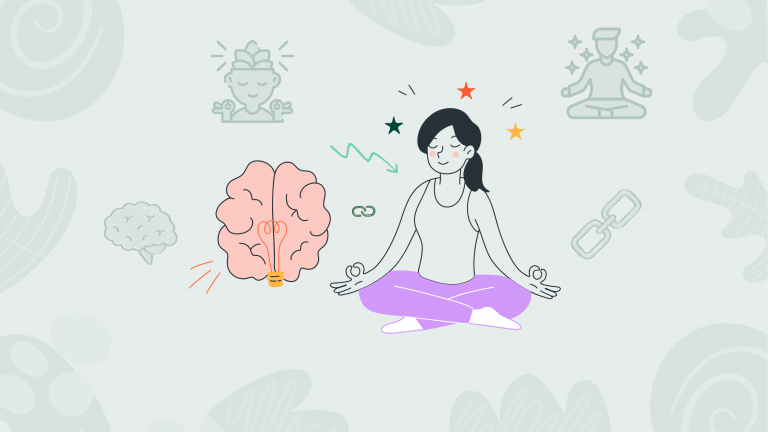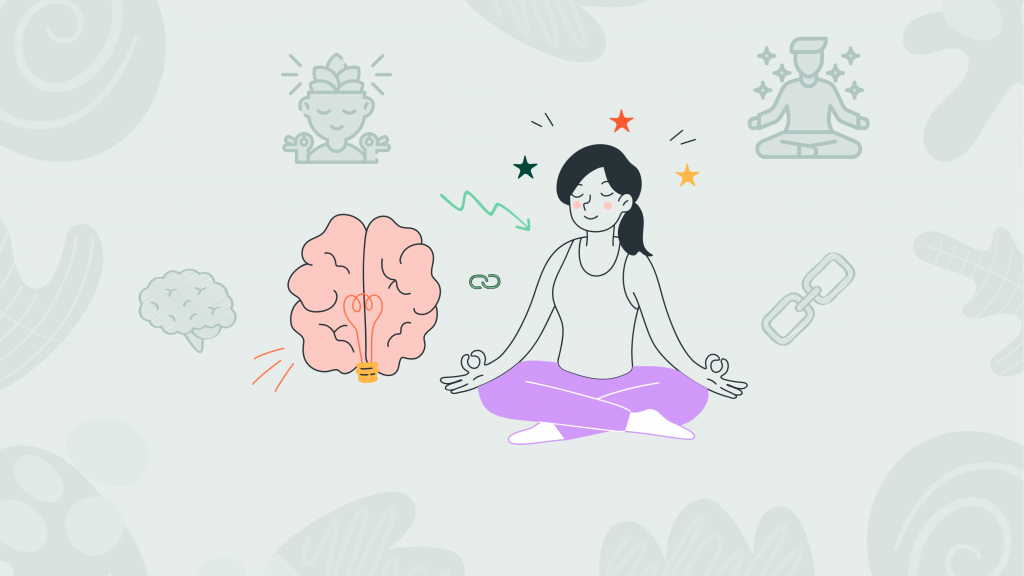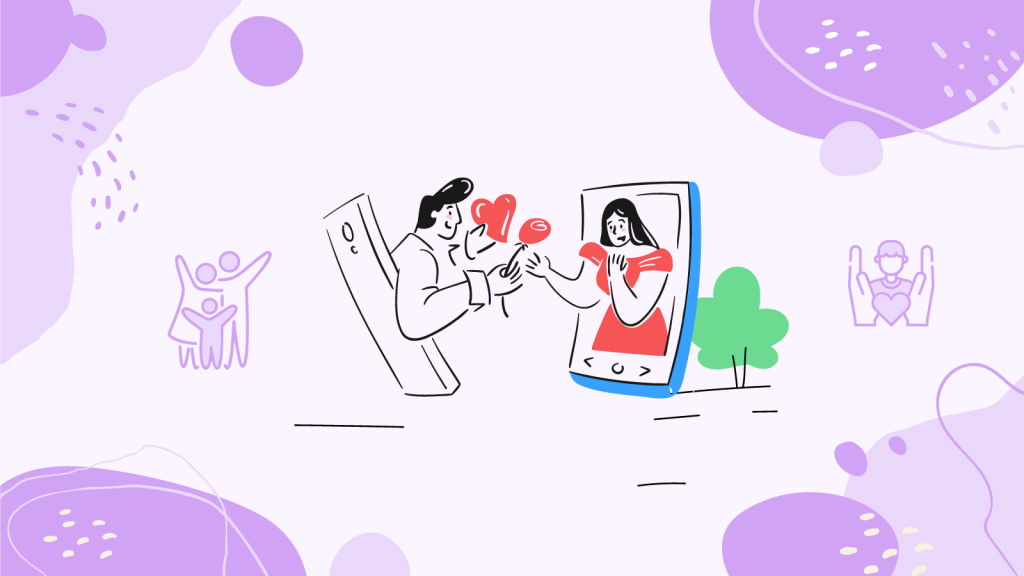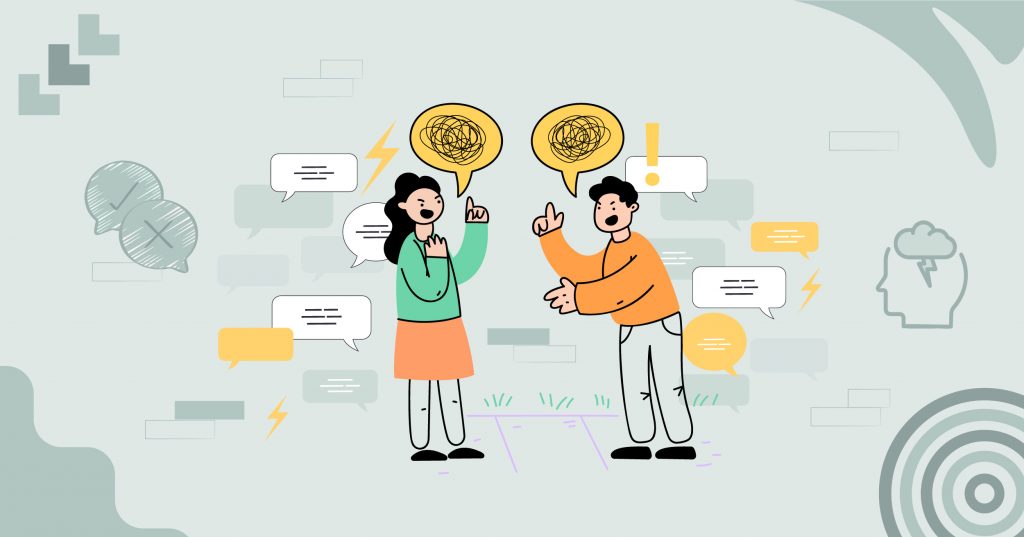The Inner Battle
Ever heard about the mind-body connection? It’s not just some trendy term that wellness influencers throw around; it’s something we all deal with every day. It’s all about how our thoughts, emotions, and mental vibes can mess with our physical health, and the other way around, too. I mean, haven’t we all felt that?
One minute you’re stressing over a deadline, and the next, your back starts aching like you’ve been lifting weights (when the heaviest thing you’ve lifted is probably your laptop).
This whole thing can turn into a real struggle bus ride. Mental headaches like anxiety or feeling down can actually translate into real headaches, or worse, making us feel drained or in pain.
And it’s a two-way street – having a physical issue can drag our mood down the drain, trapping us in this never-ending loop. It’s like, after a super stressful day, you don’t just feel tired, you feel wiped out. Or maybe you’ve noticed feeling a bit low after tossing and turning all night?
That’s the mind-body connection in action, showing us just how much our minds and bodies are in this dance together.
The Science of Sync
At the heart of the mind-body connection lies a complex interplay between our brain, nervous system, and hormonal pathways.
When we experience stress or emotional turmoil, our brain signals the body’s stress response system, releasing hormones like adrenaline and cortisol. These chemicals prepare our body to face perceived threats by increasing heart rate, tensing muscles, or halting digestion.
Neurologically, stress affects brain function, influencing mood, memory, and cognition. Over time, chronic stress can lead to inflammation and impair our body’s systems, showcasing how prolonged mental strain can manifest as physical ailments. Conversely, physical stressors can disrupt our mental state, affecting neurotransmitter levels like serotonin and dopamine, which regulate mood, pleasure, and motivation.
This bidirectional influence highlights why we often feel powerless against the mind-body nexus; it’s a deeply ingrained biological response, honed by evolution for survival, yet often overactivated in our modern, stress-filled lives.
Digging deeper into the science, let’s talk about the brain’s structure and how it plays into this dance. The amygdala, a part of the brain that deals with emotions, becomes overly active when we’re stressed, sending out SOS signals.
Meanwhile, the prefrontal cortex, which is like the brain’s rational decision-maker, gets dialed down. This imbalance can lead to an overreaction to stress, making it harder to stay calm and focused. Additionally, chronic stress can mess with the hippocampus – the part responsible for memory and learning.
This can affect our ability to form new memories and lead to a decrease in cognitive function. On the flip side, positive physical health can boost brain function, enhance neuroplasticity (the brain’s ability to adapt and change), and promote the growth of new neural connections.
So, our daily habits, exercise, and stress management don’t just affect our physical health but directly influence our brain’s structure and function, showing the deep-rooted link between our mental and physical selves.
Pathways to Harmony
To really make the most of the mind-body connection, here are some hands-on strategies to get you started:
- Schedule Mindfulness Breaks: Like setting alarms for meetings, set reminders to take short mindfulness or meditation breaks throughout the day. Even five minutes of focused breathing or quiet reflection can significantly lower stress levels.
- Incorporate Yoga or Tai Chi: These aren’t just trendy exercises; they’re time-tested practices that enhance flexibility, reduce stress, and improve mental clarity. Try joining a class or following online sessions a few times a week to find your flow.
- Adopt Deep Breathing Exercises: Practice deep breathing techniques, like the 4-7-8 method (inhale for 4 seconds, hold for 7, exhale for 8) to calm the mind and body, especially during stressful times.
- Get Moving: Regular physical activity, whether it’s a brisk walk, a run, or a dance class, can uplift your mood and decrease anxiety. Aim for at least 30 minutes of moderate exercise most days of the week.
- Create a Relaxation Ritual: Establish a daily routine that includes activities that relax you, such as reading, soaking in a warm bath, or listening to soothing music before bed to enhance sleep quality and mental calmness.
- Try Progressive Muscle Relaxation (PMR): This technique involves tensing and then slowly releasing each muscle group in your body. It can reduce physical tension and promote a sense of peace.
- Engage in Cognitive-Behavioral Techniques: These strategies can help you identify and challenge negative thought patterns, reducing mental stress and promoting healthier reactions to life’s challenges.
By incorporating these practical steps into your daily routine, you can actively improve your mental and physical health, creating a harmonious mind-body connection that supports overall well-being.
Subscribe to newsletter
Get your Gut Health Starter Guide right now.
Elevate your Tuesdays with practical, science-backed wisdom propelling you forward on your gut health journey.

Journey to Well-Being
On a crisp morning, Mark stood in his backyard, the dewy grass beneath his feet and the early sunlight filtering through the leaves, casting a warm glow. He closed his eyes, took a deep breath, and felt a gentle breeze brush against his face.
This moment of peace was a stark contrast to the chaotic mornings he used to have, rushing out the door, back aching, mind racing with deadlines and meetings.
Now, he starts his day with a mindfulness session, followed by a short walk in the park nearby, greeting the familiar faces of neighbors and the chirping birds. These small changes have woven a fabric of tranquility into the tapestry of his daily life.
Mark reflects on his journey, “Looking back, I can hardly recognize the person I was a year ago. I was always in a hurry, hardly noticing the world around me, living in a haze of stress and pain. After that workshop, I decided to give mindfulness and walking a try, though I wasn’t expecting much.
To my surprise, it felt like a fog had lifted. My back pain, which was a constant reminder of my stress, began to fade, and for the first time in years, I felt truly relaxed. It wasn’t just about the physical relief; my mind felt clearer, and
I became more engaged with life. I started enjoying the little things, like the laughter of my kids and the aroma of my morning coffee. This journey has taught me the power of the mind-body connection, and I’m so grateful for the balance it has brought to my life.”


















